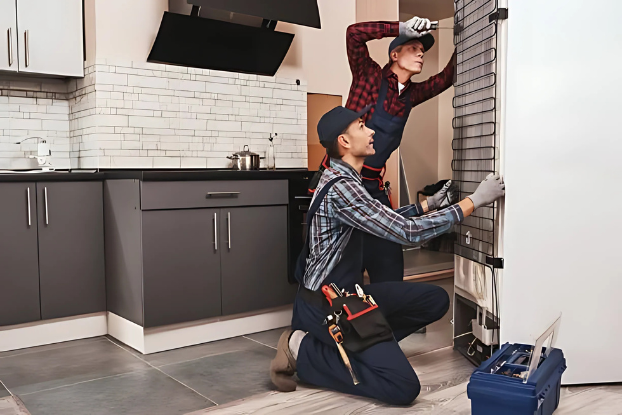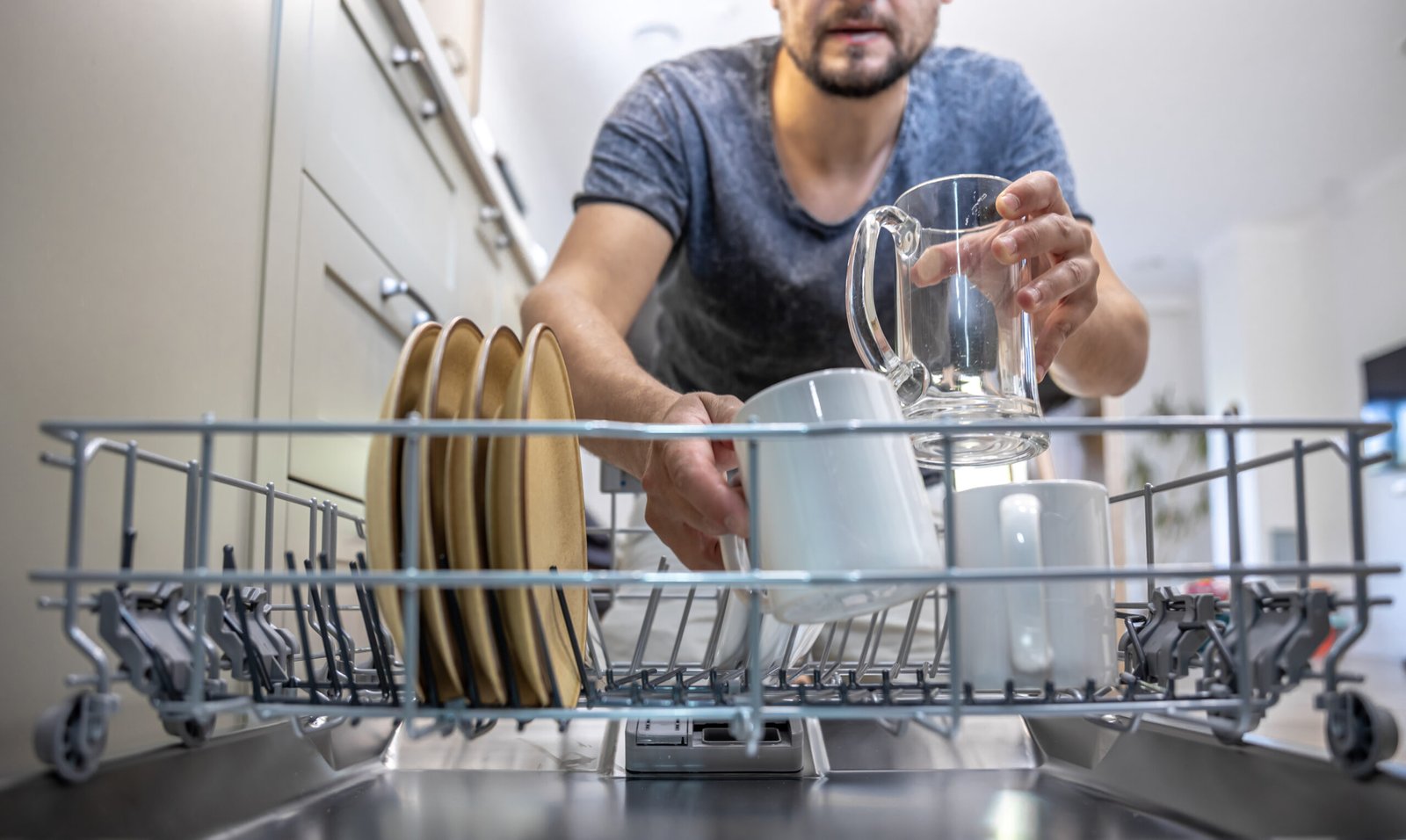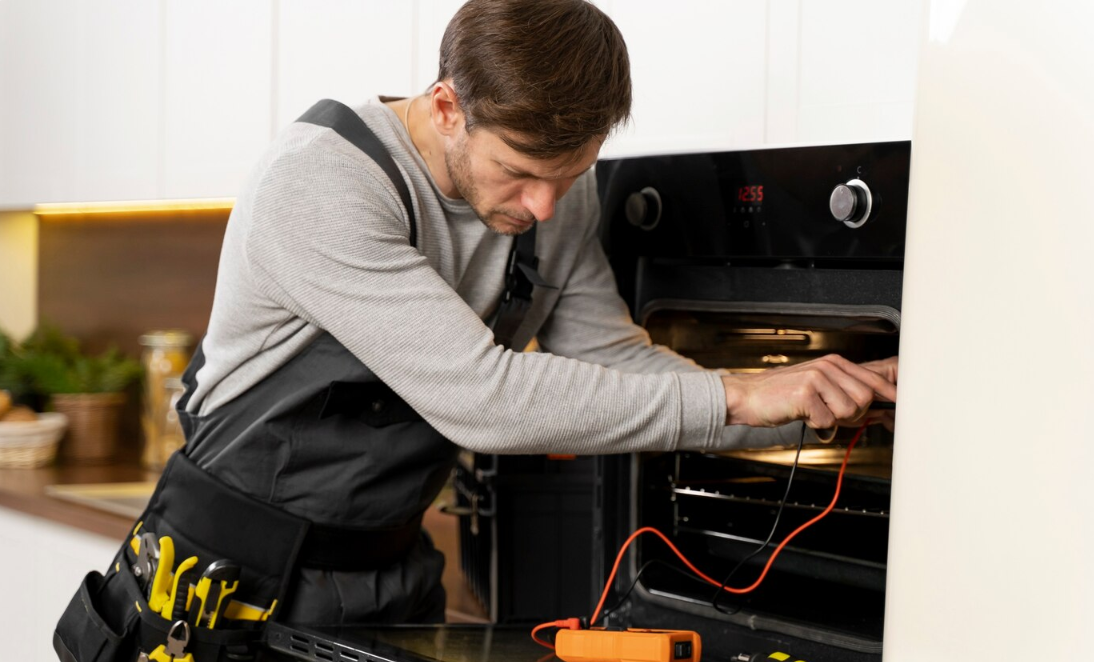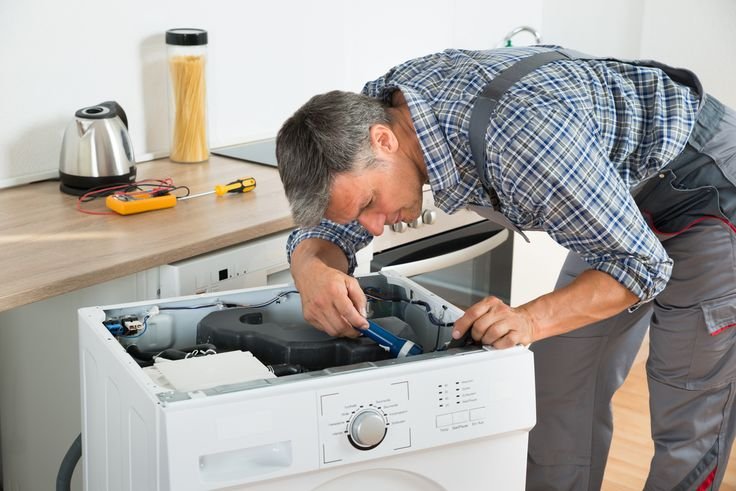Installing a new appliance might seem straightforward, but even small mistakes can lead to big problems down the line. According to the U.S. Consumer Product Safety Commission, over 150,000 appliance-related injuries occur each year, many due to faulty installations or improper handling.
That’s why this blog focuses on what professionals in appliance repair services know that most homeowners don’t. We’ll break down key insights that can help you install new units correctly, whether it’s a fridge, stove, dishwasher, or washer/dryer.
Curious about what steps can prevent future breakdowns, improve efficiency, and even keep your home safer? Let’s get into it.
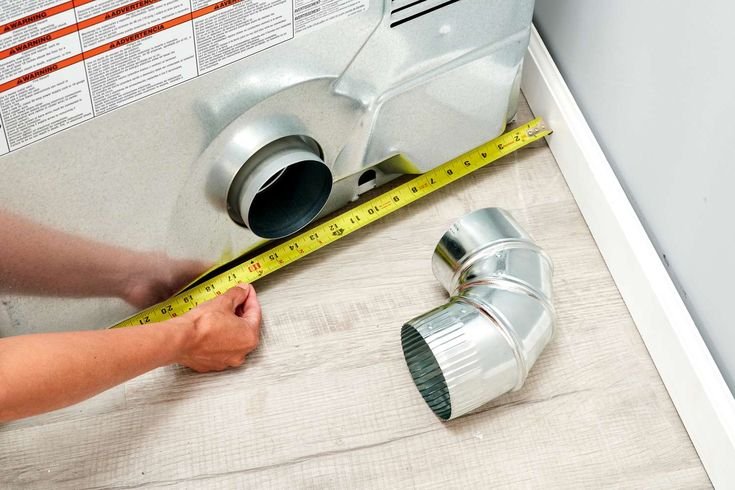
Why Proper Installation Matters More Than You Think
A new appliance should make life easier, not harder.
Safety Hazards
Improper installation can introduce serious safety risks into your home. For instance, incorrect wiring may lead to electrical fires or shocks, especially with high-draw appliances like ovens and dryers.
Gas appliances, if not connected properly, can result in gas leaks, posing threats of explosions or carbon monoxide poisoning. Additionally, water-connected appliances like dishwashers and washing machines, when improperly installed, can cause leaks leading to mold growth or structural damage over time.
Performance Issues
An incorrectly installed appliance often doesn’t perform at its optimal level. For example, a washing machine that’s not level can vibrate excessively, causing wear and tear on internal components and leading to premature failure.
Similarly, a refrigerator that’s not properly aligned may have to work harder to maintain the desired temperature, increasing energy consumption and reducing its lifespan.
Warranty Voided
Many manufacturers stipulate that appliances must be installed by certified professionals to keep the warranty valid. Attempting a DIY installation or hiring unqualified personnel can void the warranty, leaving you responsible for any future repairs or replacements. This means that a seemingly minor installation error could lead to significant out-of-pocket expenses down the line.
Financial Implications
Beyond safety and performance concerns, improper installation can have financial repercussions. For instance, water leaks from poorly connected appliances can damage flooring and cabinetry, leading to costly repairs.
Electrical issues might necessitate rewiring or replacement of components. Moreover, the increased energy consumption from inefficiently running appliances can inflate utility bills over time.
Appliance Repair Service Advice for Getting It Right from Day One
Here’s what professionals look for before plugging anything in:
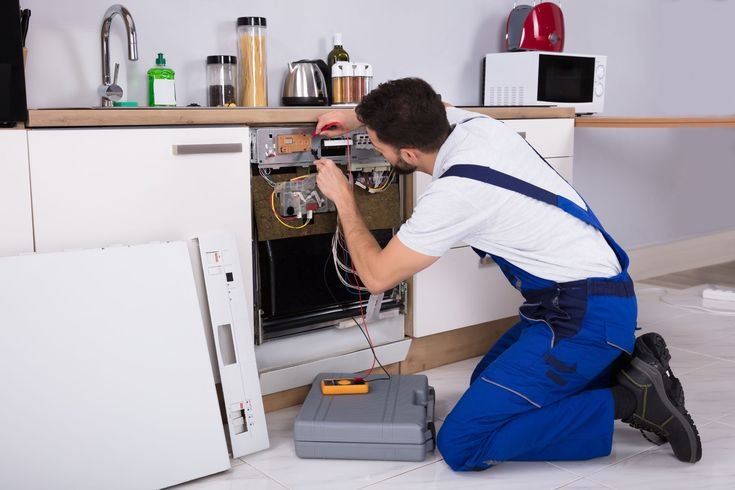
Know Your Space Before You Buy
Three inches can be the difference between a smooth fit and a return trip
Appliance dimensions are often listed clearly, but what gets overlooked are the clearances. Fridges need space behind them to vent heat. Dishwashers require room for the door to swing fully open.
And washers and dryers? They need wiggle room for vibration and maintenance access. Measuring the appliance is only half the job; you need to measure your space, plus what the appliance needs to breathe and move.
Electrical and Plumbing Aren’t One-Size-Fits-All
A standard plug doesn’t mean it’s ready to run
Many homeowners assume all outlets are the same, but appliances like ovens or dryers often require a dedicated circuit or a specific voltage. The same goes for water hookups. A dishwasher needs a hot water line and a proper drainage loop to avoid backflow. If you’re replacing an old unit with a modern one, your home wiring or plumbing might need updating to meet current specs.
Common Installation Mistakes That Lead to Repairs
These small missteps during setup are what often bring the repair technician back sooner than expected.
Skipping the Level Check
When appliances aren’t level, they work harder than they should and fail sooner.
Even a slight tilt in your washing machine can throw the drum off balance during spin cycles, causing excess noise and internal strain. For refrigerators, uneven placement can compromise door seals, leading to energy loss and spoiled food. Leveling tools exist for a reason; use one before calling it done.
Not Securing Connections
Connections that feel tight might still fail without proper sealing and testing.
A loose water hose on a washer may only drip at first, but over time, it can cause major damage to floors and nearby walls. Gas lines are even riskier; improper seals can leak, and leaks can explode. Professional installers test every line, and homeowners should too.
Ignoring Ventilation Needs
Without proper airflow, your appliance can’t perform safely or efficiently.
Dryers that can’t vent properly build up lint and heat, which increases fire risk. Fridges need space to release heat, or compressors overheat. Ignoring vent clearance isn’t just a performance issue, it’s a hazard waiting to happen.
Overloading Circuits
Appliances don’t all run on the same type of outlet, and that matters more than you think.
A new oven might require a dedicated 240V circuit, while your previous one used a standard plug. Plugging into the wrong outlet can cause tripped breakers or even electrical fires. Always check the voltage and circuit requirements before turning anything on.
Skipping the Manual
It’s not just “how-to”, it’s where brands hide the steps that protect your warranty.
Installers who skip the manual often miss one-time setup steps like water filter priming or leveling instructions specific to that model. These steps can affect how well the appliance works and whether the manufacturer honors your warranty.
Red Flags to Watch for After Installation
Spotting these early signs can prevent long-term damage or costly repairs.
Noise, Vibration, or Strange Odors
If something sounds or smells off, it probably is.
A loud thumping washer or a new oven with a burning smell that doesn’t fade isn’t “just breaking in.” These are signs of poor alignment, blocked vents, or faulty connections. Catching them early can prevent part failure or even fire risks.
Leaks, Drips, or Dampness
Moisture issues start small, but rarely stay that way.
If you notice dampness behind your fridge or a slow drip under the sink, act fast. It’s often due to a loose connection or an over-tightened fitting. Water damage spreads quickly and silently, especially under wood or tile floors.
Doors Not Closing Right
When doors don’t seal properly, performance drops immediately.
Whether it’s a fridge, dishwasher, or oven, a poorly sealing door lets air in or out, making your appliance work harder. This burns more energy, reduces cooling or heating, and shortens the lifespan of key parts like compressors and heating elements.
Error Codes or Lights
Don’t ignore flashing lights, even if the appliance still works.
Modern units often alert you before a major failure. An error code after setup usually points to an installation issue, wrong voltage, loose connection, or missed calibration step. Check the manual, and don’t wait for a breakdown.
How a Local Appliance Repair Service Can Help After Installation
Technical verification and preventative adjustments reduce future risks and costs.

Routine Checks for High-Risk Installs
Post-install inspections identify performance issues not visible during setup.
Some installations appear correct but involve subtle oversights, such as incorrect leveling, water pressure imbalances, or incompatible voltage supply. A qualified technician can detect these factors early and make the necessary corrections to optimize performance.
Warranty Protection and Support
Certified documentation can preserve manufacturer coverage.
Many appliance warranties require confirmation of proper installation by a licensed professional. A formal inspection report or installation record can serve as essential documentation in the event of a future claim. Without it, the manufacturer may decline to cover repair or replacement costs.
Troubleshooting Unseen Issues with an Appliance Repair Service
Technical faults may not present symptoms immediately.
Incorrect drain line configurations, missed calibration procedures, and unstable electrical connections can cause delayed malfunctions. A local Kelowna small appliance repair technician can perform diagnostic tests to ensure all systems are properly configured and stable from the outset.
Long-Term Maintenance Planning
A structured approach to future servicing improves efficiency and lifespan.
During post-installation service, professionals often provide model-specific maintenance schedules and recommendations. This proactive planning helps reduce operating costs and prevents premature failure due to neglect or improper care.
Final Thoughts
Proper appliance installation is a technical process that demands precision, planning, and awareness of both safety standards and manufacturer specifications. Overlooking even minor details during setup can create vulnerabilities that escalate into operational failures or long-term damage.
By treating installation as a critical stage, not a routine task, homeowners can avoid disruptions, reduce future costs, and ensure their appliances operate as designed. Where uncertainty exists, professional involvement is not a convenience, it is a safeguard.

